Where do the most sonic booms occur and why?
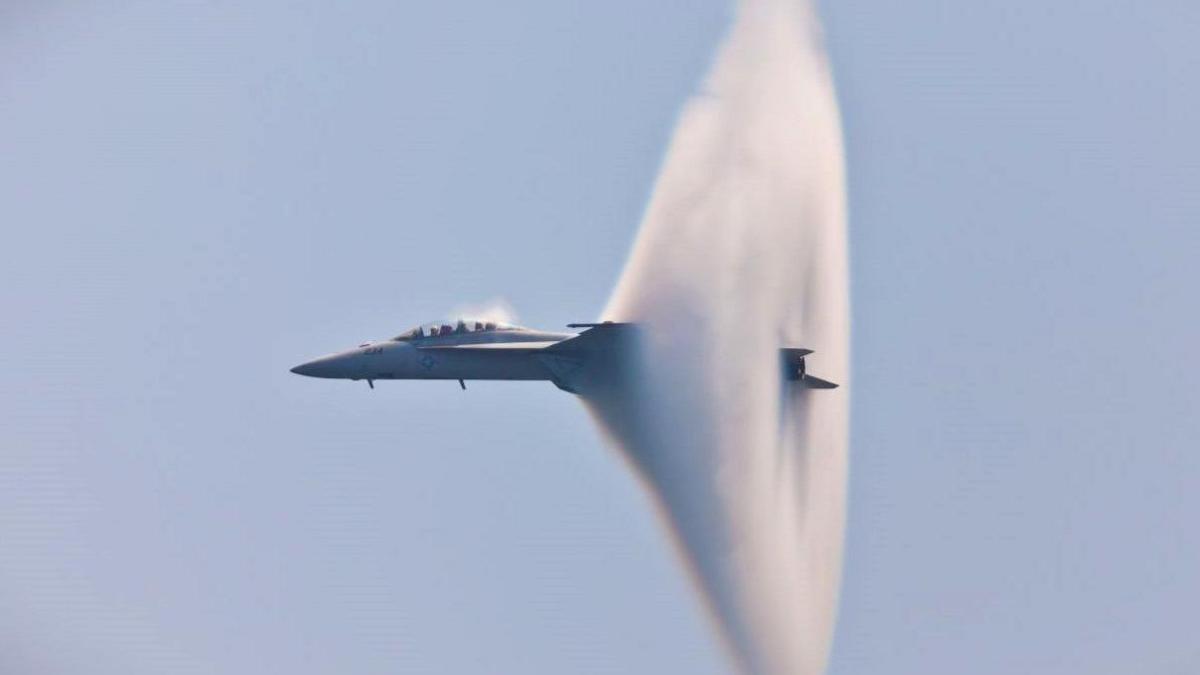
More than a dozen sonic booms have been recorded by the Ministry of Defence since 2013
- Published
An RAF fighter jet travelling faster than the speed of sound caused a sonic boom in the skies above a county last week.
Social media immediately lit up as people on the ground in Norfolk asked: "Did anyone else just hear that loud bang?"
The Typhoon had been scrambled from an RAF base in Lincolnshire to intercept an Air India flight that had reported a bomb on board. The airline had received a bomb threat that later turned out to be a hoax.
The BBC looks at why sonic booms are more common in the East of England and whether there could be many more in future.
What causes a sonic boom?
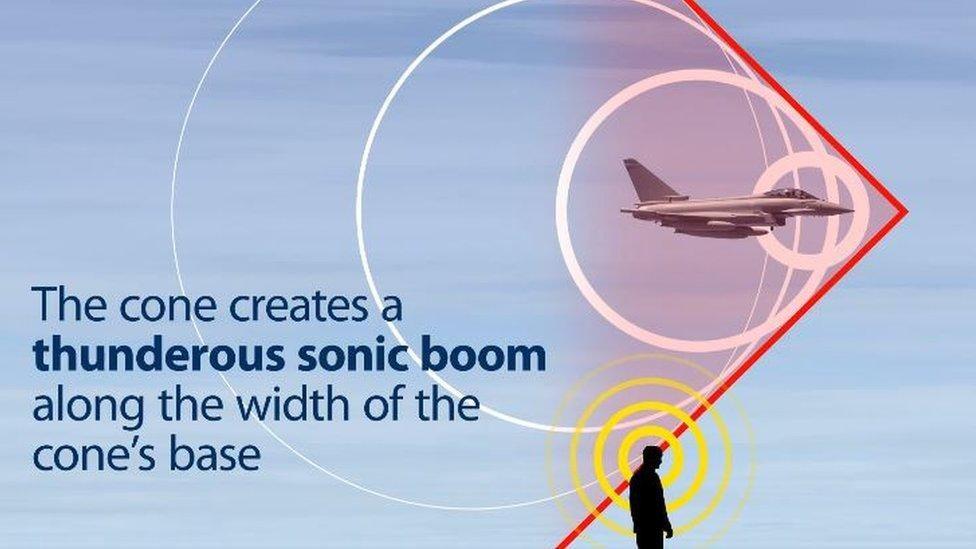
The speed and altitude of a plane determines when the sonic boom occurs
A sonic boom is caused by high energy shock waves, external created when an object travels through the air faster than the speed of sound.
While the speed of sound varies depending on the altitude, it is about 660mph (1,060km/h) at 60,000ft (18,300m).
The sound, often described as an explosion or thunderclap, can be heard over such a large area as it moves with the plane, similar to the wake of a boat spreading out behind a vessel.
How common are sonic booms in the UK?
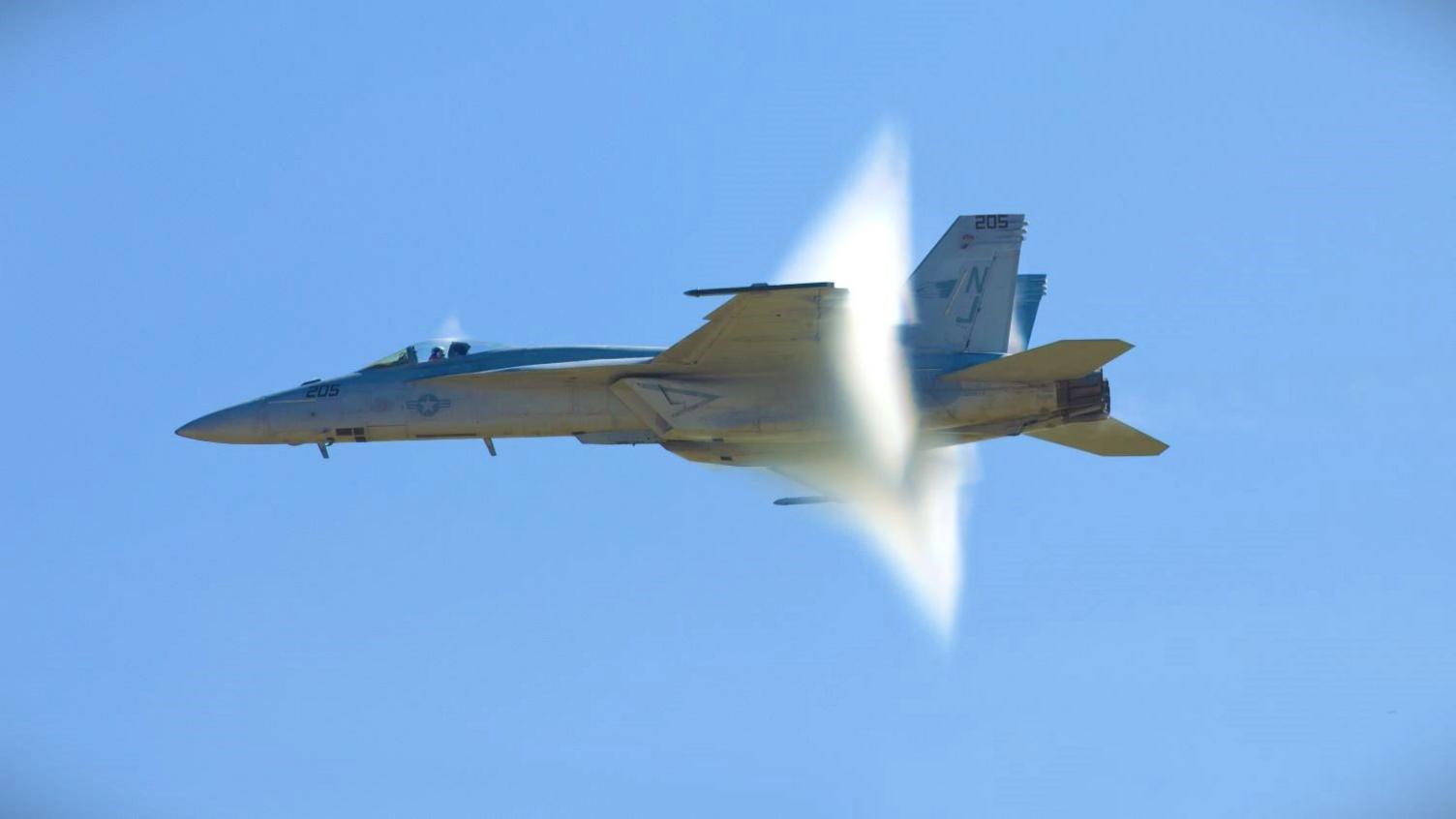
More than half of sonic booms in the UK between 2013 and 2021 occurred in the East of England
Between April 2013 and February 2021, 13 sonic booms, external were recorded by the UK's Military of Defence (MoD).
Seven of those occurred in the East of England.
Under UK aviation law, all supersonic flights should be conducted over the sea, unless "operationally required", external over land.
In May 2013, an F-15 military jet from RAF Lakenheath in Suffolk "inadvertently" created a sonic boom over Watton in Norfolk.
And in January 2021, a Typhoon fighter created a sonic boom over Essex and Cambridgeshire having been deployed to escort a plane to Stansted Airport in Essex which had lost communication.
How much damage can sonic booms do?

The RAF says Typhoon jets based at RAF Coningsby in Lincolnshire are ready to take off "within minutes"
The MoD received 55 compensation claims for sonic boom related damage between 2013 and 2021.
Most claims were for damaged property windows, car windscreens and roofs.
One claimant said their fish tank had cracked, while another reported damage to their TV.
The MoD paid out almost £10,000 in compensation.
An RAF spokesperson told the BBC: "The RAF would prefer not to cause any disturbance to those on the ground, however, the safety and security of the nation remains paramount and the RAF must continue to robustly secure the UK skies and maintain national security in an unpredictable and dangerous world.
"Any inconvenience or alarm caused to the public by an inadvertent supersonic flight is regretted."
Why are sonic booms often heard in the East of England?
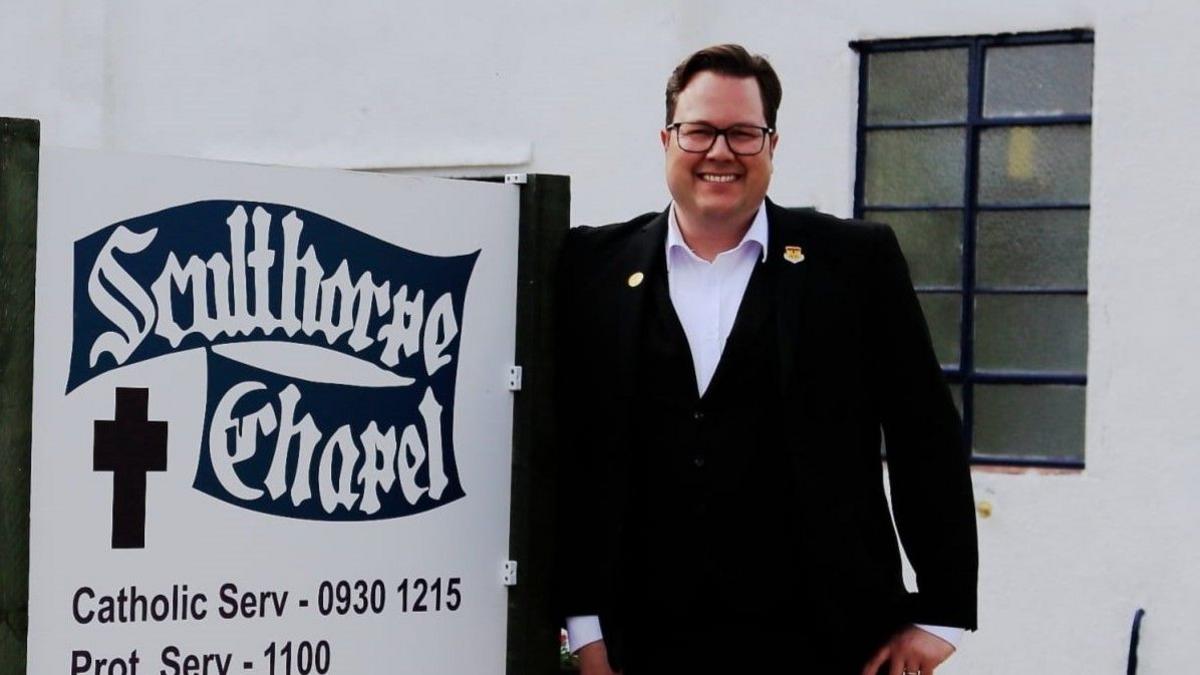
Ian Brown is the founder and curator of the RAF Sculthorpe Heritage Centre
There are many reasons why sonic booms are often heard in the East of England.
Peter Gunn, an aviation historian from Norfolk, said it was likely due to the number of military airbases in the region.
RAF Marham in Norfolk is home to the F-35 Lightning fighter jet, while RAF Lakenheath, external and RAF Mildenhall, external in Suffolk are operated by the US Air Force, which includes the 48th Fighter Wing.
"There's also increased activity at the moment because of the Ukraine situation," Mr Gunn said.
"I live in Docking, and almost on a daily basis, US planes from Lakenheath are doing training manoeuvres around here.
"The Americans are very active, including night flying as well."
Ian Brown, founder and curator of RAF Sculthorpe Heritage Centre, external, said he believed it was also due to Stansted Airport being equipped to deal with terror incidents.
"Any terrorism incident on a plane in the UK gets directed to Stansted under escort," he said.
"I know that because I used to work at Stansted.
"The planes that are scrambled come from RAF Coningsby in Lincolnshire and RAF Lossiemouth in Scotland because Typhoons are considered front-line fighters."
The RAF said all UK airports were "required to maintain contingency plans for dealing with security alerts", and it was "unable to offer comment on specific reception airfields or plans to use them".
Can we expect to hear more sonic booms in future?

Nasa hopes its X-59 supersonic jet could fly at 1.4 times the speed of sound
The world's first, and only, passenger airliner that flew at supersonic speeds was the Concorde, which retired in 2003 after 27 years' service.
In the early days, it regularly caused sonic booms, external over the south coast of England as it travelled to and from London.
Since then, almost all sonic booms in the UK have been caused by military jets.
However, in 2022, the World Economic Forum claimed a "new generation of supersonic airliners", external would soon "transform the aviation sector".
The US firm Boom Supersonic, external said it was creating a new commercial jet that would fly at "twice the speed of today's airliners" and was "optimised to run on up to 100% sustainable aviation fuel".
About 130 orders have already been placed by companies such as American Airlines and United Airlines.
Nasa has also developed a "quieter" plane that it hoped would overcome bans on supersonic flights over land.
Earlier this year, the Civil Aviation Authority (CAA), which oversees aviation safety in the UK, ran a consultation looking at the "ongoing development of new aircraft types, external capable of supersonic and hypersonic speeds".
It said following feedback it would "proceed with the task of developing rules", which would limit when and where aircraft could fly at speeds faster than sound.
It added: "As technology advances and the impacts of ‘'faster than sound' flight on the ground diminish, these rules can be revised to ensure innovative technologies achieve their full potential both in terms of speed and efficiency."
The Aviation Environment Federation, based in London, which took part in the consultation, said it was concerned by the prospect of a rise in sonic booms, external if more jets became supersonic.
Get in touch
Do you have a story suggestion for the East of England?
Follow East of England news on X, external, Instagram, external and Facebook: BBC Beds, Herts & Bucks, external, BBC Cambridgeshire, external, BBC Essex, external, BBC Norfolk, external, BBC Northamptonshire, external or BBC Suffolk, external.
Related topics
- Published17 October 2024
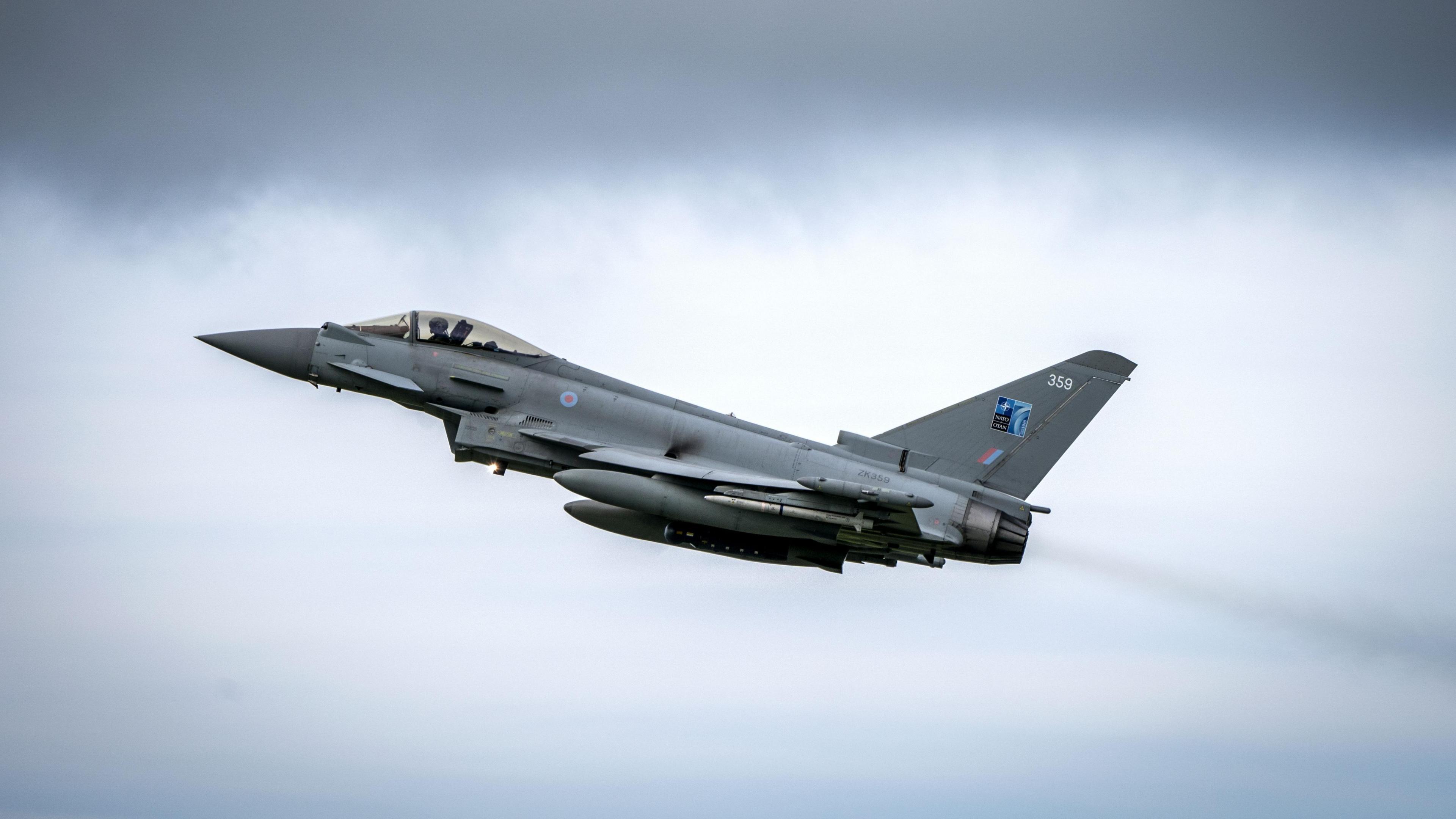
- Published20 October 2023
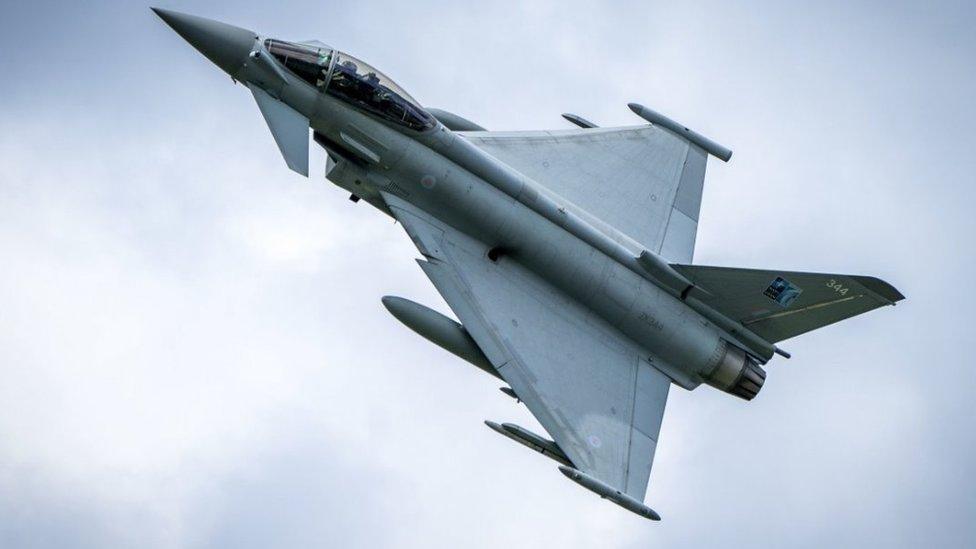
- Published5 June 2021
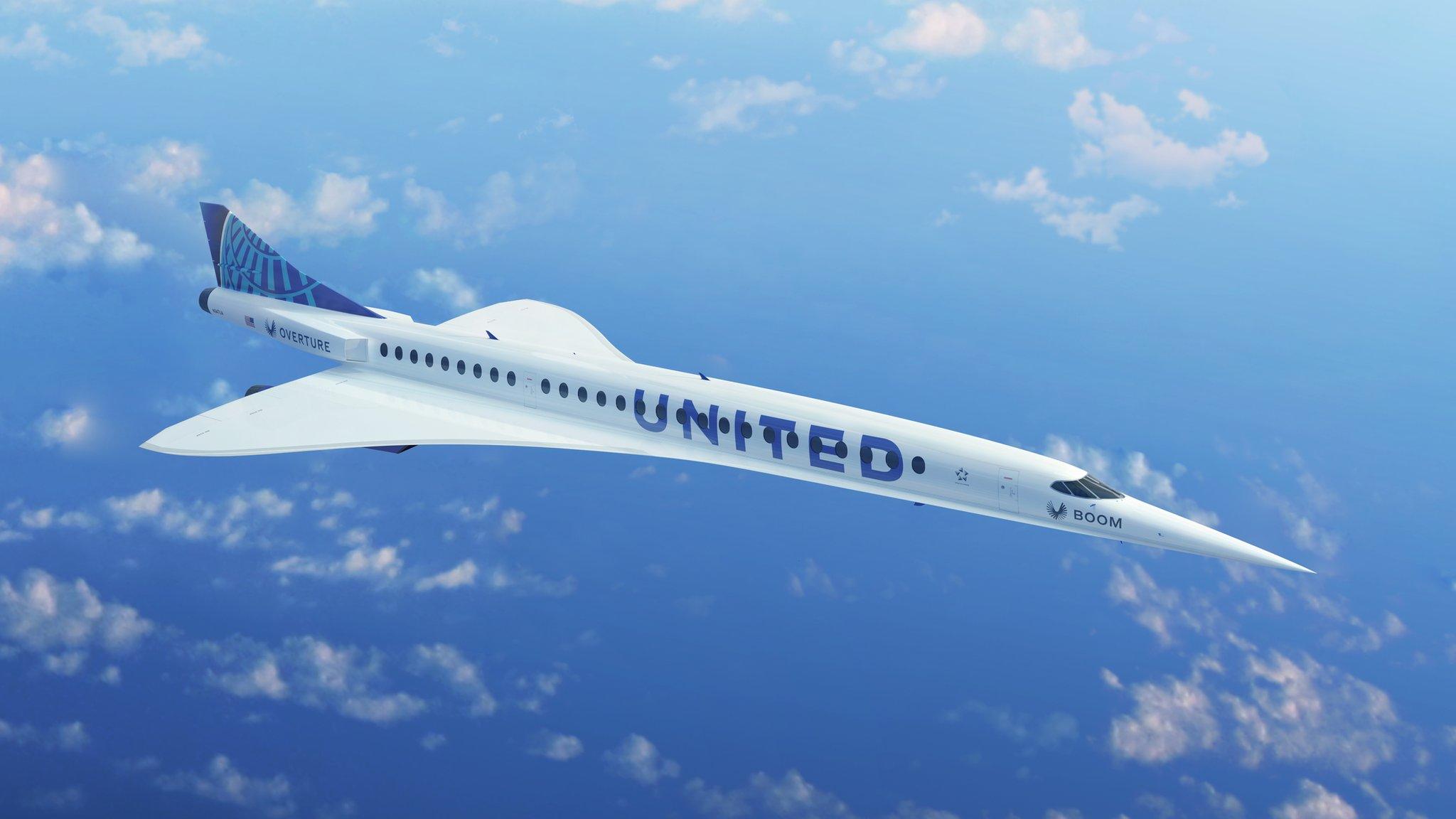
- Published15 January 2024
